Home>Home Maintenance>How To Pass A Home Inspection


Home Maintenance
How To Pass A Home Inspection
Modified: March 6, 2024
Need tips and tricks for passing a home inspection? Learn all about home maintenance and ensure a smooth inspection process with our expert advice.
(Many of the links in this article redirect to a specific reviewed product. Your purchase of these products through affiliate links helps to generate commission for Storables.com, at no extra cost. Learn more)
Introduction
Home maintenance is an essential part of being a responsible homeowner. It not only helps keep your home in top shape but also ensures the safety and comfort of your family. And when it comes time to sell your home, passing a home inspection becomes crucial.
A home inspection is a professional evaluation of a property’s condition, conducted by a certified inspector. It aims to uncover any potential issues or safety concerns that could affect the value or livability of the home. As a homeowner, it is in your best interest to prepare your home to pass the inspection with flying colors.
This comprehensive guide will walk you through the necessary steps to prepare your home for a successful inspection. By following these tips, you’ll increase the chances of passing the inspection with minimal hiccups and avoid any last-minute surprises.
So, let’s delve into the essential steps you need to take to pass a home inspection with ease.
Key Takeaways:
- Prepare your home by enhancing curb appeal, fixing minor repairs, and ensuring proper functionality of systems. A well-maintained home increases chances of passing a home inspection with flying colors.
- Be present during the inspection to clarify doubts, showcase maintenance efforts, and receive immediate feedback. Your presence demonstrates commitment and can positively influence the inspection outcome.
Read more: What Is A Pass/Fail Home Inspection
Step 1: Prepare your home for inspection
Preparing your home for inspection is the first and most crucial step towards ensuring a successful outcome. By getting your home in top condition, you’ll demonstrate to the inspector that you have taken good care of your property. Here are some key points to keep in mind:
1. Curb appeal: The first impression matters, so start by enhancing the curb appeal of your home. Trim any overgrown bushes or trees, clean the exterior, and ensure that the front entrance is inviting.
2. Clear access: Ensure that all areas of your home are easily accessible for the inspector. Clear away any clutter in hallways, closets, and basements. Move furniture if necessary to allow easy access to electrical panels, HVAC systems, and other important areas.
3. Fix minor repairs: Take the time to fix any minor repairs such as leaky faucets, loose handrails, or squeaky doors. These small issues may seem insignificant, but they can leave a negative impression on the inspector.
4. Replace burnt-out light bulbs: Make sure all light fixtures are in working order by replacing any burnt-out bulbs. Proper lighting is essential during the inspection, especially in attics, crawl spaces, and basements.
5. Check smoke and carbon monoxide detectors: Ensure that all smoke detectors and carbon monoxide detectors are functioning properly. Replace batteries if needed and make sure they are installed in the correct locations throughout the house.
6. Service HVAC systems: Schedule a maintenance service for your heating, ventilation, and air conditioning systems. Clean or replace air filters, and fix any issues with temperature control or airflow.
7. Inspect the roof: Check the condition of your roof for any signs of damage, such as missing shingles or leaks. Repair or replace any damaged areas to prevent future issues.
8. Test electrical outlets: Test all electrical outlets to ensure they are working correctly. Replace any faulty outlets or have them repaired by a licensed electrician.
By taking the time to prepare your home for inspection, you not only increase the chances of passing with flying colors but also demonstrate your commitment to maintaining your property. Remember, a well-maintained home will always leave a positive impression on potential buyers.
Step 2: Clean and declutter your home
A clean and clutter-free home not only makes a positive impression on potential buyers, but it also facilitates the inspection process. When your home is clean and well-organized, the inspector can easily access and evaluate different areas. Follow these tips to ensure your home is spick and span for the inspection:
1. Start with a deep clean: Before the inspection, give your home a thorough cleaning. Dust and vacuum all surfaces, including walls, ceilings, and floors. Pay close attention to commonly overlooked areas such as baseboards, windowsills, and light fixtures.
2. Declutter: Remove any unnecessary items from your home. Go through each room and get rid of any clutter, such as excess furniture, unused appliances, or personal belongings. The goal is to create a clean and spacious environment that allows the inspector to navigate easily.
3. Organize closets and storage areas: Buyers and inspectors are likely to check storage areas, so make sure your closets and storage spaces are organized. Remove any items that are not essential and neatly arrange the remaining belongings.
4. Pay attention to odors: Eliminate any unpleasant odors by deep cleaning carpets, upholstery, and curtains. Consider using air fresheners or natural odor absorbers, such as baking soda, to create a fresh and inviting atmosphere.
5. Clean the kitchen: The kitchen is often a focal point during the inspection. Clean and sanitize all kitchen appliances, countertops, and cabinets. Pay special attention to the stove, oven, refrigerator, and sink areas.
6. Scrub bathrooms: Make sure the bathrooms are sparkling clean. Scrub the toilets, sinks, showers, and tubs. Remove any mold or mildew and ensure the plumbing fixtures are in good working condition.
7. Don’t forget the exterior: The exterior of your home is just as important as the interior. Clean the windows, sweep the porch, and power wash any dirty or stained surfaces. Trim hedges and mow the lawn to enhance the overall curb appeal.
Remember, a clean and decluttered home not only impresses the inspector but also allows potential buyers to envision themselves living in your space. By putting in the effort to clean and organize, you are showcasing your home at its best and increasing its appeal.
Step 3: Repair any visible damages
During a home inspection, any visible damages can raise red flags and potentially affect the outcome. It’s important to address these issues beforehand to ensure a smooth inspection process. Here are some common areas to focus on when repairing visible damages:
1. Wall and ceiling repairs: Inspect your walls and ceilings for any cracks, holes, or water damage. Repair any damages and apply a fresh coat of paint if necessary. This not only improves the appearance of your home but also indicates that you have taken proper care of your property.
2. Flooring: Fix any damaged or worn-out flooring, such as cracked tiles, loose floorboards, or stained carpets. Repair or replace flooring as needed to give a neat and well-maintained look.
3. Windows and doors: Ensure that all windows and doors operate smoothly. Repair or replace any broken or damaged windows, screens, or frames. Check for proper insulation and seal any gaps or cracks to improve energy efficiency.
4. Plumbing issues: Inspect all plumbing fixtures for leaks, dripping faucets, or clogged drains. Address any plumbing issues promptly and ensure proper functioning of sinks, showers, toilets, and faucets.
5. Electrical concerns: Check for any electrical problems, such as flickering lights, malfunctioning switches, or outdated wiring. Hire a licensed electrician to fix any electrical issues and ensure the safety of your home.
6. Roof and gutters: Repair any damaged shingles or gutters that may cause leaks or water damage. It’s important to have a solid roof structure to protect your home and demonstrate good maintenance practices.
7. Exterior maintenance: Inspect the exterior of your home for any signs of damage, such as cracked siding, peeling paint, or rotting wood. Repair or replace any damaged elements to maintain the integrity of your home’s exterior.
8. Structural integrity: If you notice any structural issues, such as sagging floors, leaning walls, or cracked foundation, it’s crucial to address them promptly. Hire a professional contractor or structural engineer to assess and repair any significant structural damages.
By addressing visible damages ahead of the inspection, you not only enhance the aesthetics of your home but also demonstrate that you have taken the necessary steps to maintain its structural integrity. This instills confidence in potential buyers and helps ensure a favorable inspection outcome.
Step 4: Check the functionality of your home systems
Ensuring that your home systems are in proper working condition is crucial when it comes to passing a home inspection. The inspector will assess the functionality of various systems to ensure they are safe and meet the necessary standards. Here are some key aspects to consider:
1. Heating and cooling: Test your heating and cooling systems to ensure they are functioning effectively. Change air filters if needed and clean the vents and ducts. If you notice any issues, it’s advisable to have them serviced by a professional HVAC technician.
2. Plumbing: Check for any leaks, drips, or water pressure issues in your plumbing system. Run faucets and flush toilets to ensure proper water flow. Inspect pipes for signs of corrosion or damage and address any plumbing concerns promptly.
3. Electrical: Make sure all electrical outlets, switches, and circuits are working correctly. Test all light fixtures and replace any burnt-out bulbs. Consider hiring a licensed electrician to conduct a thorough inspection if you have any doubts about the electrical system’s safety.
4. Appliances: Inspect all major appliances, such as the refrigerator, stove, dishwasher, and washer/dryer, to ensure they are in good working condition. Clean them thoroughly and address any functional issues or repairs needed.
5. Smoke and carbon monoxide detectors: Test and replace batteries in smoke detectors and carbon monoxide detectors. Make sure they are installed in the correct locations and working properly.
6. Security systems: If you have a security system in place, ensure that it is functioning properly. Test all sensors, alarms, and surveillance cameras to ensure they are in working order.
7. Water heater: Check your water heater for any signs of leaks or malfunctions. Inspect the temperature and pressure relief valve to ensure it is working correctly. Consider draining the tank to remove any sediment buildup if necessary.
8. Insulation and ventilation: Inspect the insulation in your attic and walls to ensure it is intact and sufficient. Check ventilation systems, such as bathroom and kitchen exhaust fans, to ensure they are working properly.
By checking the functionality of your home systems, you can identify and address any potential issues before the inspection. This not only ensures a smooth inspection process but also provides peace of mind to potential buyers, knowing that they are investing in a well-maintained and functional home.
Make sure to address any visible issues such as leaks, electrical problems, and structural damage before the inspection. This will help to ensure a smoother inspection process and increase the chances of passing.
Step 5: Ensure proper safety measures
Safety is of utmost importance when it comes to owning a home. To pass a home inspection, it’s crucial to ensure that your property meets the necessary safety standards. Here are some key safety measures to consider:
1. Smoke and carbon monoxide detectors: Ensure that you have working smoke detectors and carbon monoxide detectors installed throughout your home. Test them to ensure they are functioning properly and replace batteries if needed.
2. Fire extinguishers: Have fire extinguishers readily available in key areas of your home, such as the kitchen, garage, and near fireplaces. Check the expiration dates and ensure they are easily accessible.
3. Electrical safety: Inspect your electrical system for any exposed or damaged wiring. Fix any issues promptly and ensure that all electrical outlets are grounded and covered with appropriate plates. Consider installing ground-fault circuit interrupters (GFCIs) in areas exposed to water, such as bathrooms and kitchens.
4. Handrails and guardrails: Check all staircases, balconies, and elevated areas for secure and properly installed handrails and guardrails. Ensure they meet the required height and have no loose or broken components.
5. Windows and doors: Make sure all windows and doors can be opened and closed easily. Repair or replace any faulty locks or latches to ensure the safety of your home.
6. Child safety: If you have young children, take extra precautions to childproof your home. Install safety gates, outlet covers, and cabinet locks to keep hazards out of reach.
7. Emergency preparedness: Have a well-stocked first aid kit readily available in case of any injuries. Create an emergency evacuation plan and ensure that all family members are familiar with it.
8. Radon and mold: Consider testing for radon gas and addressing any elevated levels. Inspect your home for any signs of mold or mildew and address moisture issues promptly to maintain a safe and healthy living environment.
Taking the necessary safety measures not only ensures a successful home inspection but also provides a secure and comfortable living space for you and your family. By demonstrating your commitment to safety, you instill confidence in potential buyers, giving them peace of mind when considering your home as their future residence.
Step 6: Provide documentation and maintenance records
When it comes to passing a home inspection, providing proper documentation and maintenance records can significantly boost your credibility as a homeowner. These records demonstrate that you have diligently maintained and cared for your property over time. Here’s what you need to consider:
1. Home improvement projects: Gather documentation for any major home improvement projects you have undertaken. This can include renovations, additions, or upgrades to the property. Provide copies of permits, architectural plans, and invoices to show the work was done professionally and in compliance with building codes.
2. Warranties and manuals: Collect any warranties and manuals for appliances, HVAC systems, water heaters, and other equipment in your home. This shows that you have properly maintained and serviced these items as recommended by the manufacturer.
3. Maintenance and repair records: Maintain a detailed record of all maintenance and repairs carried out in your home. Include the dates, descriptions of the work done, and the contact information of the professionals involved. This record indicates that you have been proactive in addressing any issues and taking care of your home.
4. Pest control: If you have had any pest control treatments or inspections done on your property, provide the relevant documentation. This showcases your commitment to maintaining a pest-free environment.
5. Insurance claims: If you have made any insurance claims related to your home (such as water damage or fire damage), keep records of the claims and repairs made. This demonstrates that you have addressed these issues and taken the necessary steps to restore your property.
6. Energy efficiency upgrades: If you have made any energy-efficient upgrades to your home, such as installing insulation, energy-efficient windows, or solar panels, provide documentation of these upgrades. This highlights your commitment to sustainability and can be a selling point for potential buyers.
By providing documentation and maintenance records, you give the inspector and potential buyers confidence in the history of your home. It shows that you have been proactive in maintaining and caring for the property, which can positively impact the inspection outcome and the perceived value of your home.
Step 7: Be present during the inspection
Being present during the home inspection is not only a good practice but can also be advantageous for both you as the homeowner and the inspector. Here’s why being present during the inspection is important:
1. Clarify any doubts: Being present allows you to clarify any doubts or questions the inspector may have regarding your home. You can provide valuable information about the property, such as recent repairs, upgrades, or any specific features that may not be immediately evident.
2. Access to areas: As the homeowner, you have knowledge of the home’s layout and access points that the inspector may not be aware of. You can provide assistance in accessing certain areas, such as crawl spaces, attics, or utility rooms, ensuring a more thorough inspection.
3. Point out maintenance efforts: By being present, you can showcase any recent maintenance or repairs you have done. This gives the inspector a firsthand look at your commitment to maintaining the home and may positively influence their assessment.
4. Receive immediate feedback: Being present during the inspection allows you to receive immediate feedback from the inspector regarding any potential issues they come across. This gives you an opportunity to address any concerns promptly and avoid surprises later in the process.
5. Learn about your home: The inspection provides an opportunity for you to learn more about your home. By observing the inspector’s evaluation and asking questions, you can gain valuable insights into the condition of your property and any maintenance recommendations.
6. Discuss findings: After the inspection, you can have a conversation with the inspector to discuss their findings and recommendations. This gives you a chance to better understand the inspection report and clarify any areas that may require further attention.
7. Negotiation power: If any issues are identified during the inspection, being present allows you to discuss potential repairs or adjustments with potential buyers. This can help in negotiations and finding a resolution that satisfies both parties.
Remember to maintain a respectful and non-interfering presence during the inspection, allowing the inspector to focus on their work. Your role is to assist and provide insights when necessary. Being present during the inspection shows your commitment to the process and your dedication to ensuring the accuracy and integrity of the inspection report.
Conclusion
Preparing for a home inspection is a vital step in the process of selling or maintaining your home. By following the steps outlined in this guide, you can significantly improve your chances of passing the inspection with flying colors. From preparing your home to cleaning and decluttering, repairing visible damages, checking the functionality of your home systems, ensuring proper safety measures, providing documentation and maintenance records, to being present during the inspection, each step plays an important role in creating a positive impression on the inspector and potential buyers.
Taking the time and effort to prepare your home for inspection demonstrates your commitment to maintaining and caring for your property. It not only enhances the value of your home but also instills confidence in potential buyers that they are investing in a well-maintained and safe property. Additionally, providing documentation and maintenance records showcases your attention to detail and strengthens your credibility as a homeowner.
Remember, a successful home inspection not only benefits you in the selling process but also ensures the long-term durability and marketability of your home. By following the steps outlined in this guide, you are taking proactive measures to identify and address any issues, ultimately contributing to the overall satisfaction and peace of mind of all parties involved.
So, whether you are preparing to sell your home or simply maintaining its condition, take the necessary steps to pass a home inspection with ease. By incorporating these guidelines into your planning and preparation, you can navigate the inspection process with confidence, ultimately leading to a successful outcome.
Frequently Asked Questions about How To Pass A Home Inspection
Was this page helpful?
At Storables.com, we guarantee accurate and reliable information. Our content, validated by Expert Board Contributors, is crafted following stringent Editorial Policies. We're committed to providing you with well-researched, expert-backed insights for all your informational needs.

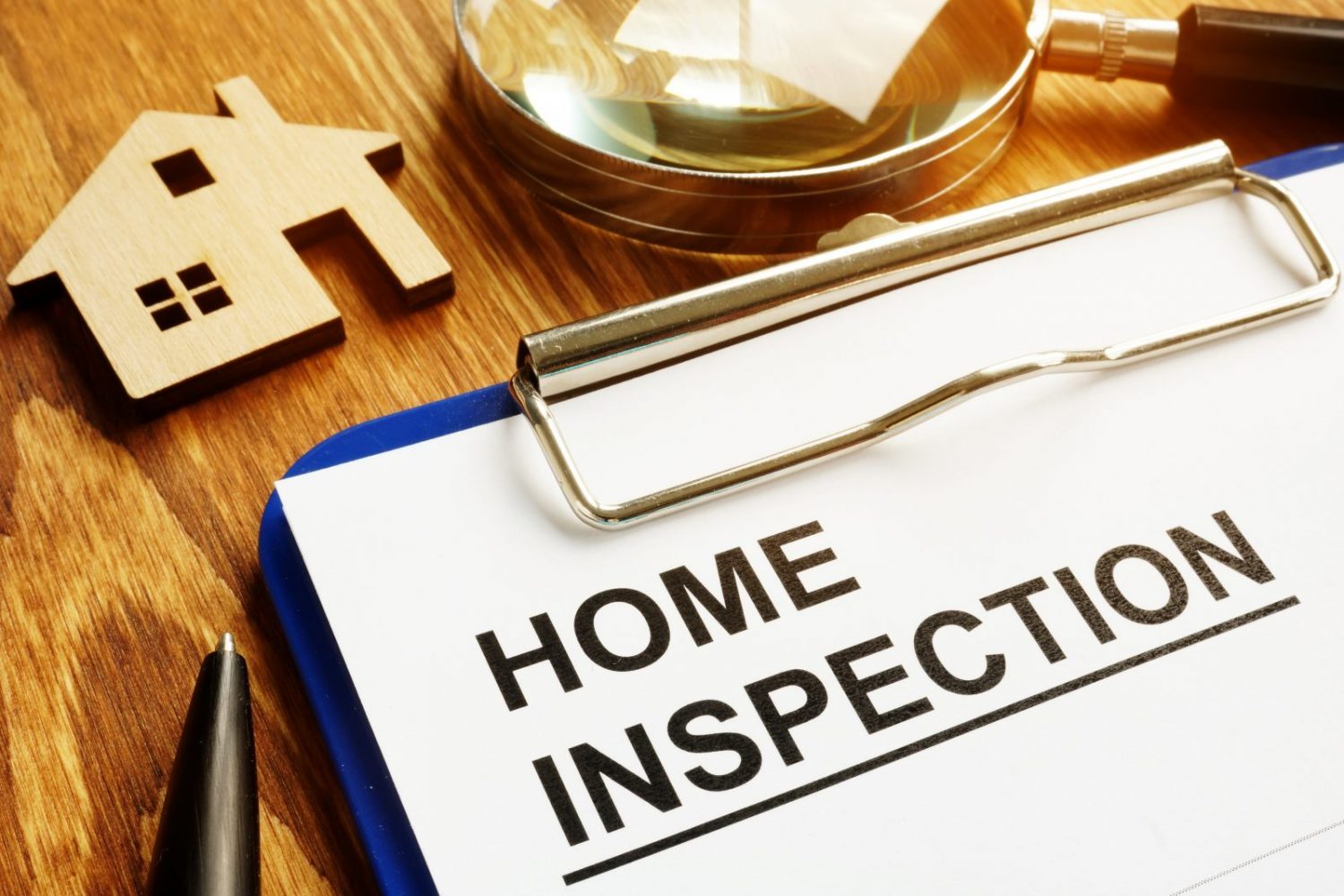


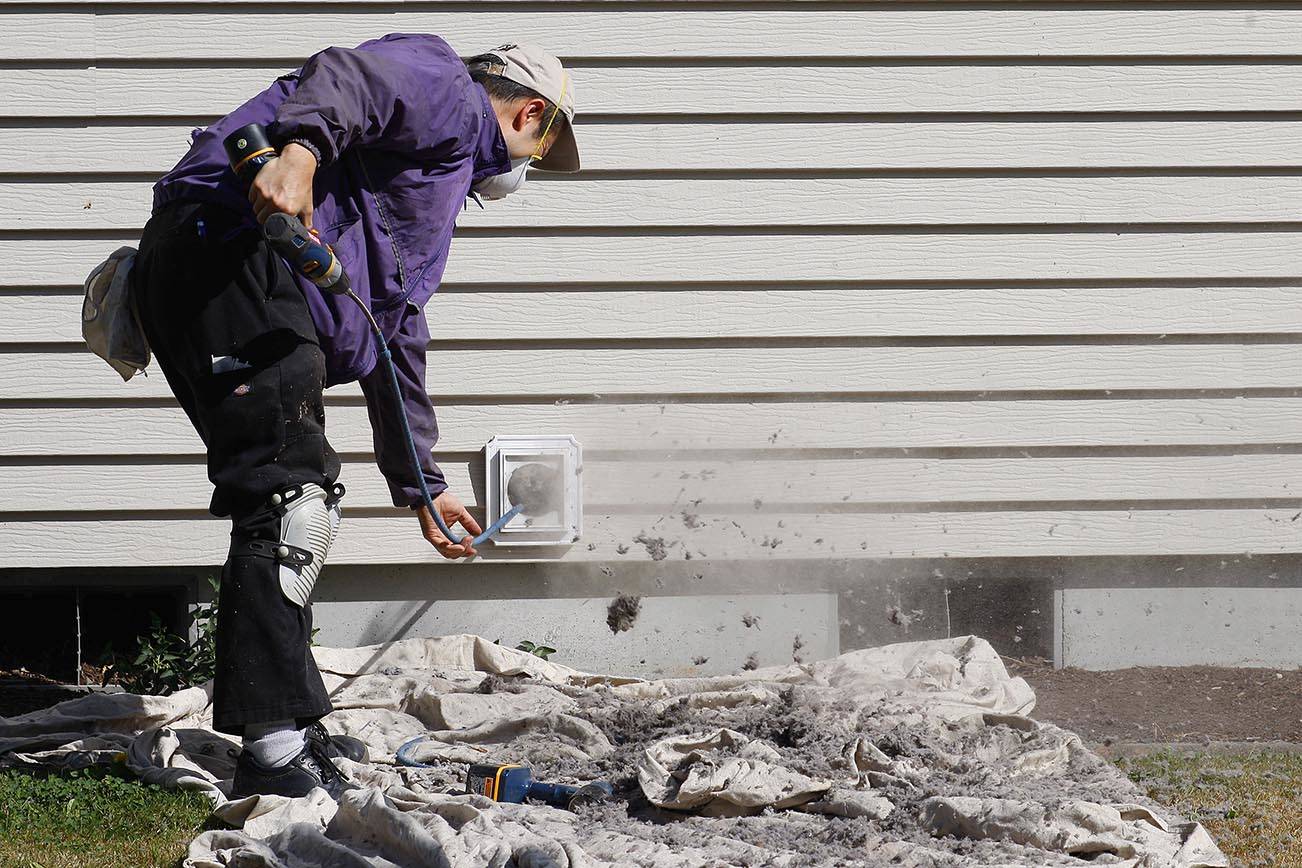
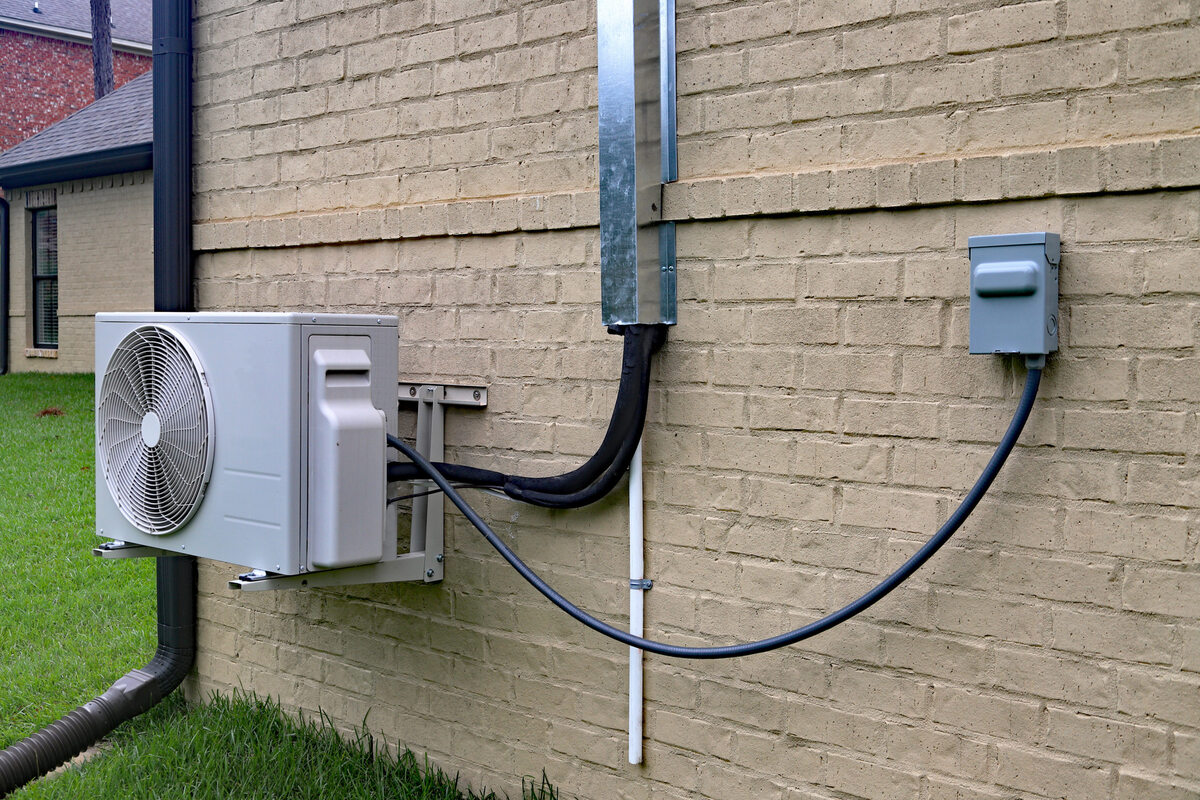
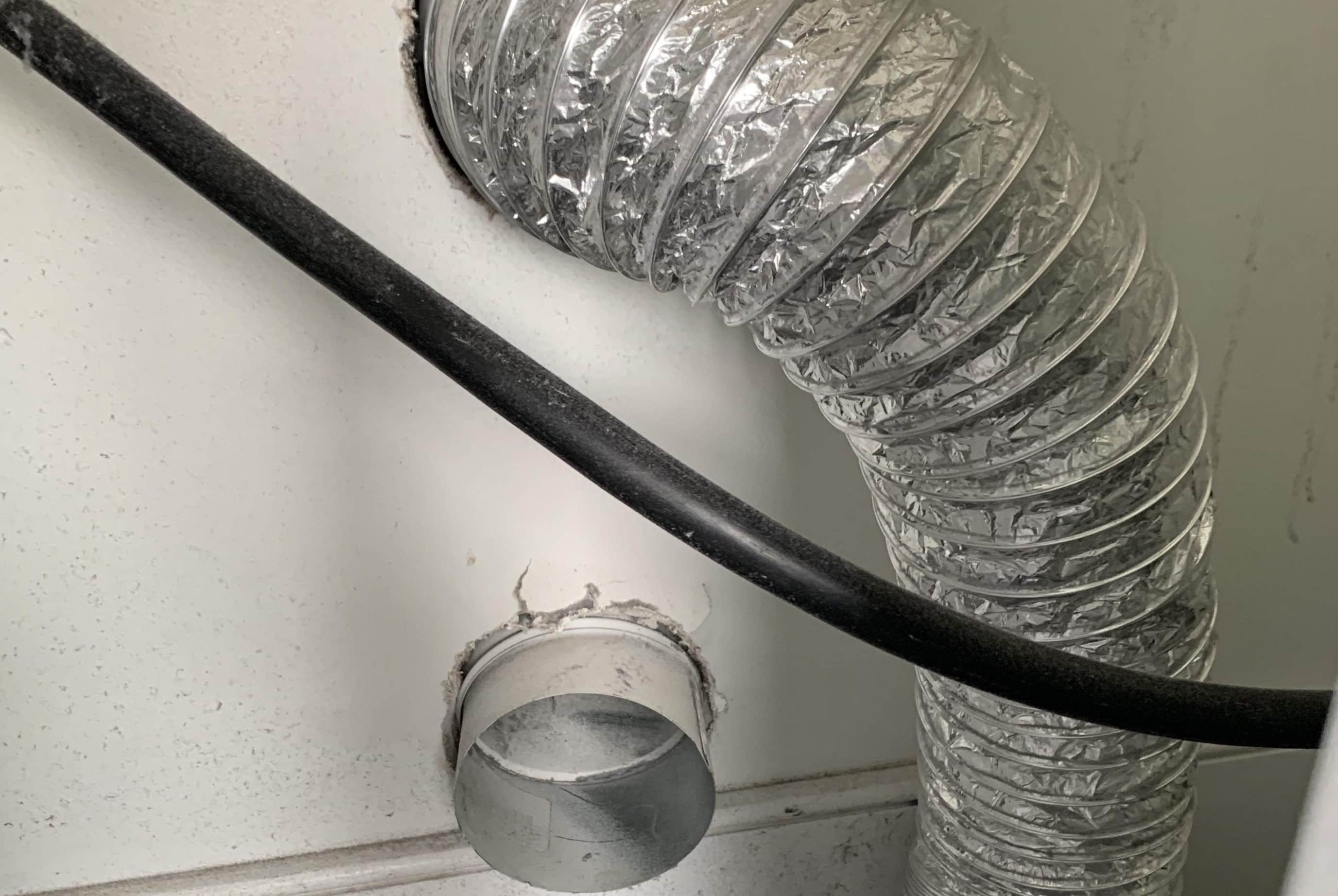



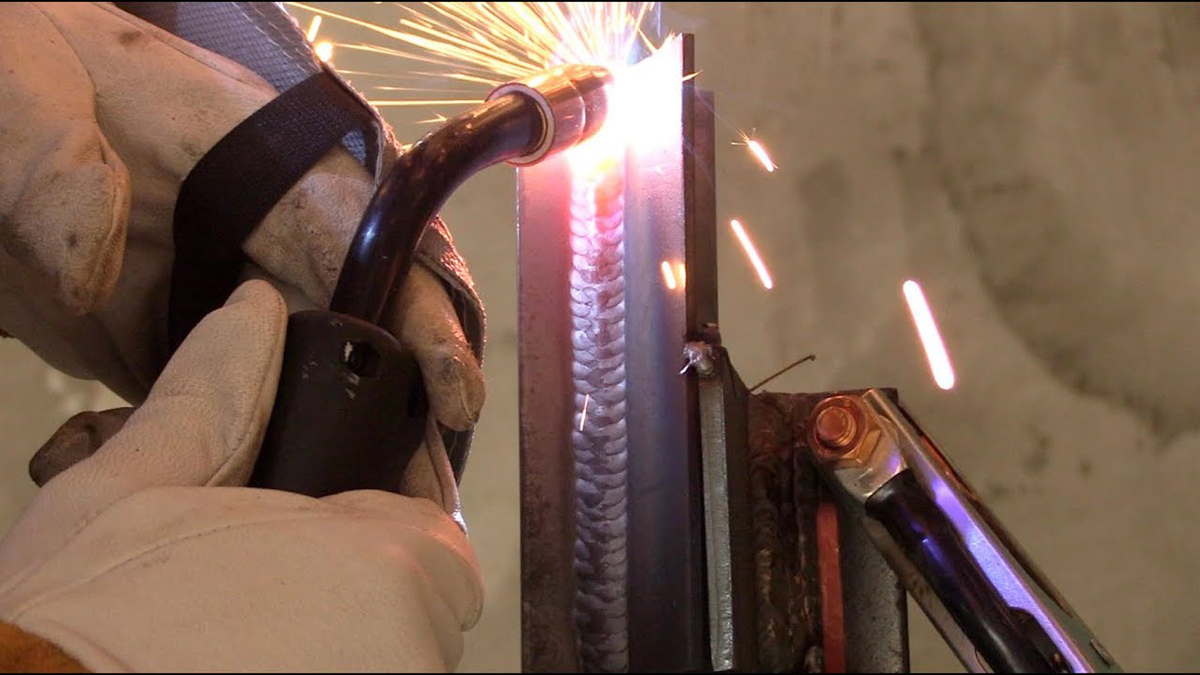
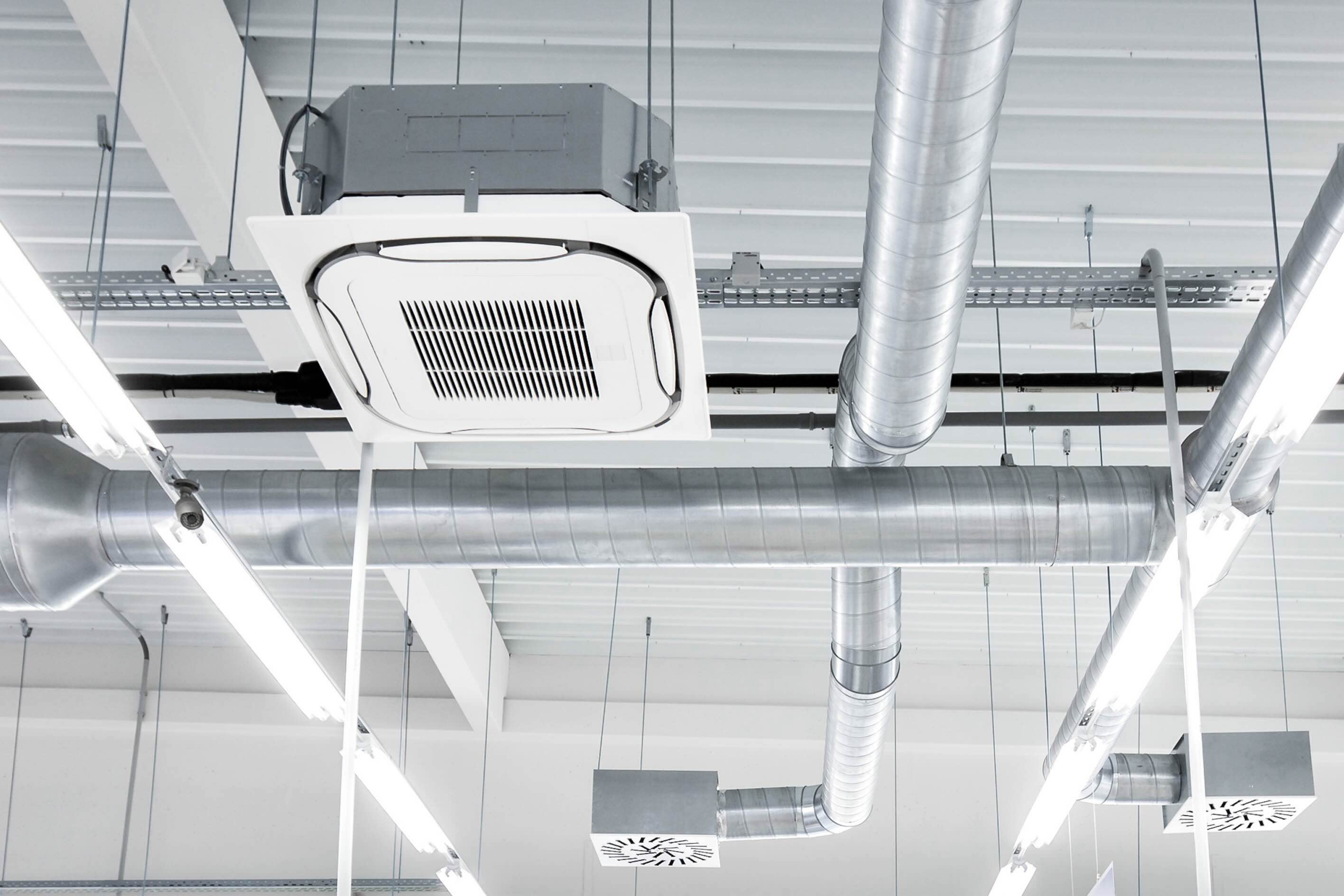



0 thoughts on “How To Pass A Home Inspection”